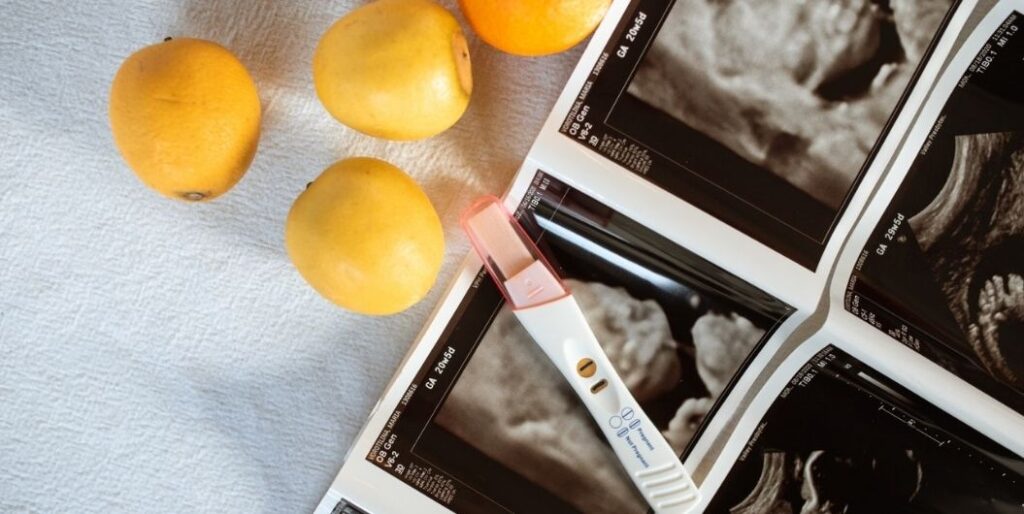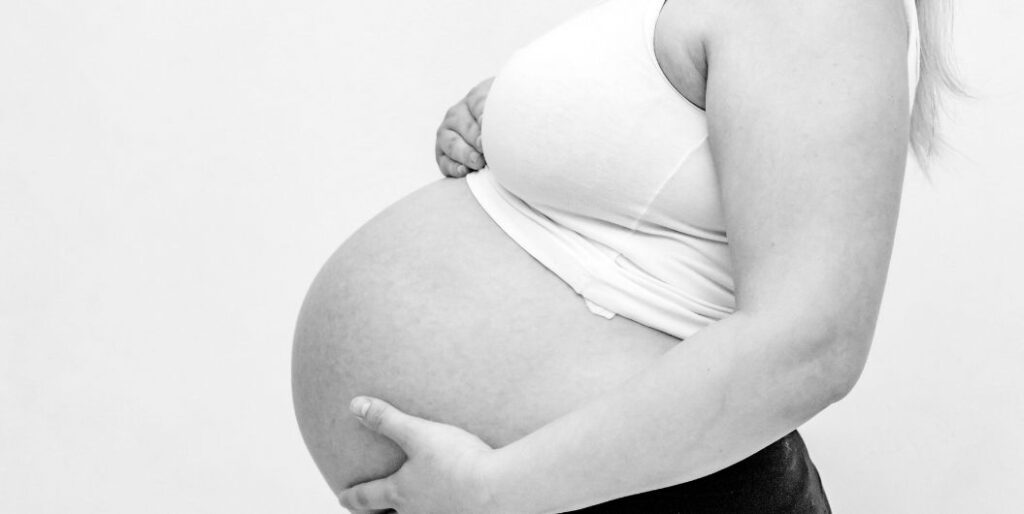Your Amazing Uterus

Although technically, life begins in the fallopian tubes when an egg is fertilized by one single sperm, an embryo cannot continue to grow and develop without the uterus. This amazing organ’s sole purpose is to harbor and nourish offspring. Many women know virtually nothing about their uterus until they get pregnant, when their uterus takes center stage.
The uterus is a mostly solid, although hollow, organ in the pelvis that is composed of smooth muscle. It is pear-shaped, and typically measures 3 inches (7.6 cm) in length and weighs 2.5 ounces (70 g) on average. The uterus’s connections to the ovaries, the fallopian tubes, attach on either side of the top of the uterus. On the bottom, the uterus opens into the vagina through the cervix.
When a woman is not pregnant, the uterus builds the endometrium, the rich lining in which a fertilized egg is implanted. An egg is released from the ovaries, and if it goes unfertilized, this lining is shed from the uterus, resulting in menstruation.

If the egg is fertilized, the egg travels down the fallopian tubes and implants itself into the endometrium, where it begins to grow. The placenta and amniotic sac eventually develops, and this is where the fetus will make its home for the next nine months. As the pregnancy progresses, the uterus thins as it stretches to accommodate the growth of the baby. This amazing organ’s capacity increases anywhere from 500 to 1000 times its pre-pregnancy capacity of just .3 ounces (10ml). By the end of the pregnancy, it can weigh approximately 40 ounces (1100 g).
In contrast to the uterus’s role before pregnancy, during pregnancy it takes a much more “active” role. At every visit to the doctor’s office, your uterus will be measured to monitor the baby’s growth. The sharp, stabbing pains you feel in your lower abdomen and pelvis signal the stretching ligaments that support your growing uterus. As your pregnancy progresses, your uterus seems to take on a mind of its own, engaging in Braxton Hicks contractions. These “practice contractions” are the uterus’s way of gearing up for the real deal — labor and delivery.
As your due date nears, you uterus will have moved from deep in your pelvis, to further up in your abdomen, crowding your stomach, lungs and resting on your bladder. This wreaks havoc with your digestion, contributing to heartburn, constipation and frequent urination.

Once labor rolls around, your uterus has become a lean, mean, fighting machine, ready to help that baby make his appearance. Because it is a muscle, the uterus contracts, helping the baby move into the birth canal, and with your help, pushes the baby out. As any woman who has given birth can attest, the intensity of uterine contractions are very strong, and painful.
After your baby is born, your uterus miraculously begins contracting back to its original size. These postnatal contractions can be painful, and can be intensified by the hormones released by breastfeeding. By one week, it has been reduced by almost half of its peak pregnancy size. In two weeks, it is nearly undetectable by abdominal examination, and by six weeks it is almost back to normal. Amazingly, your uterus can accommodate multiples, as well as numerous pregnancies, making it quite possibly one of the most adaptable and resilient organs in your body.
